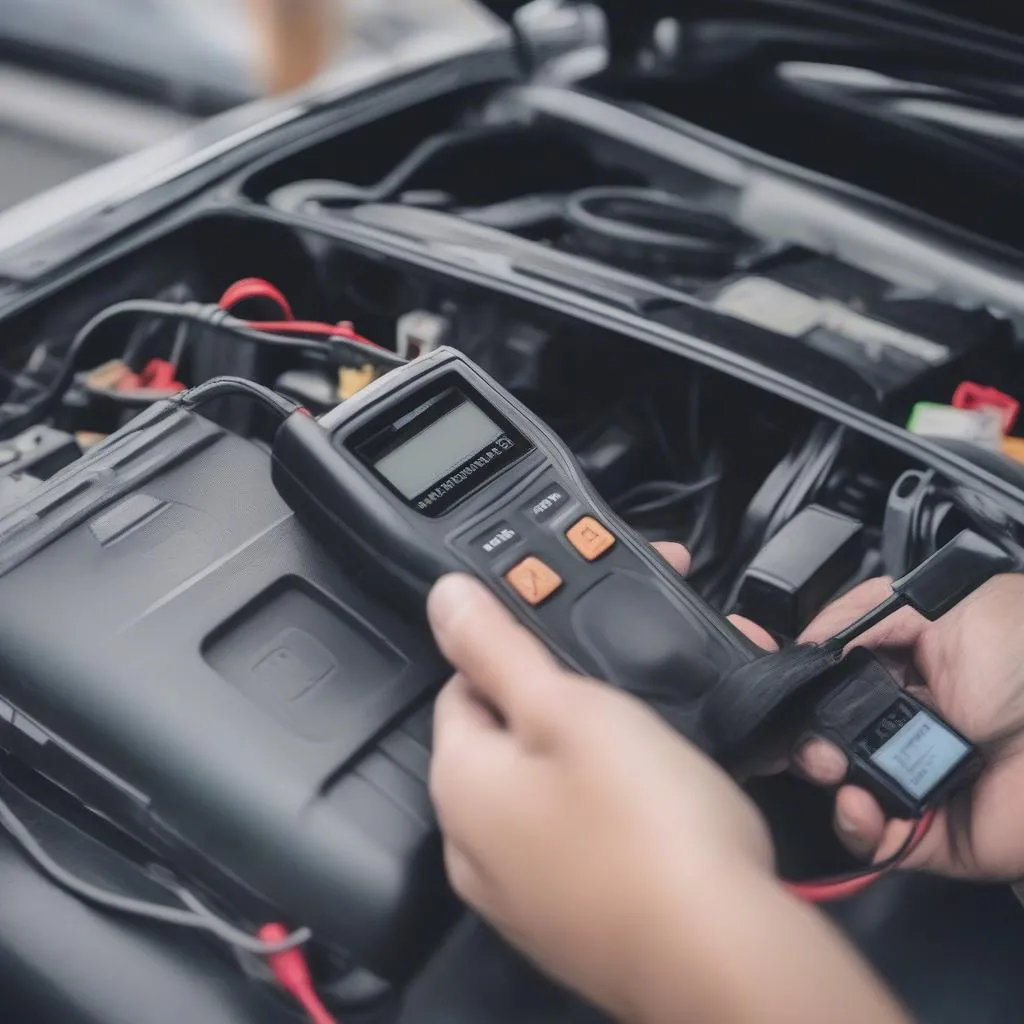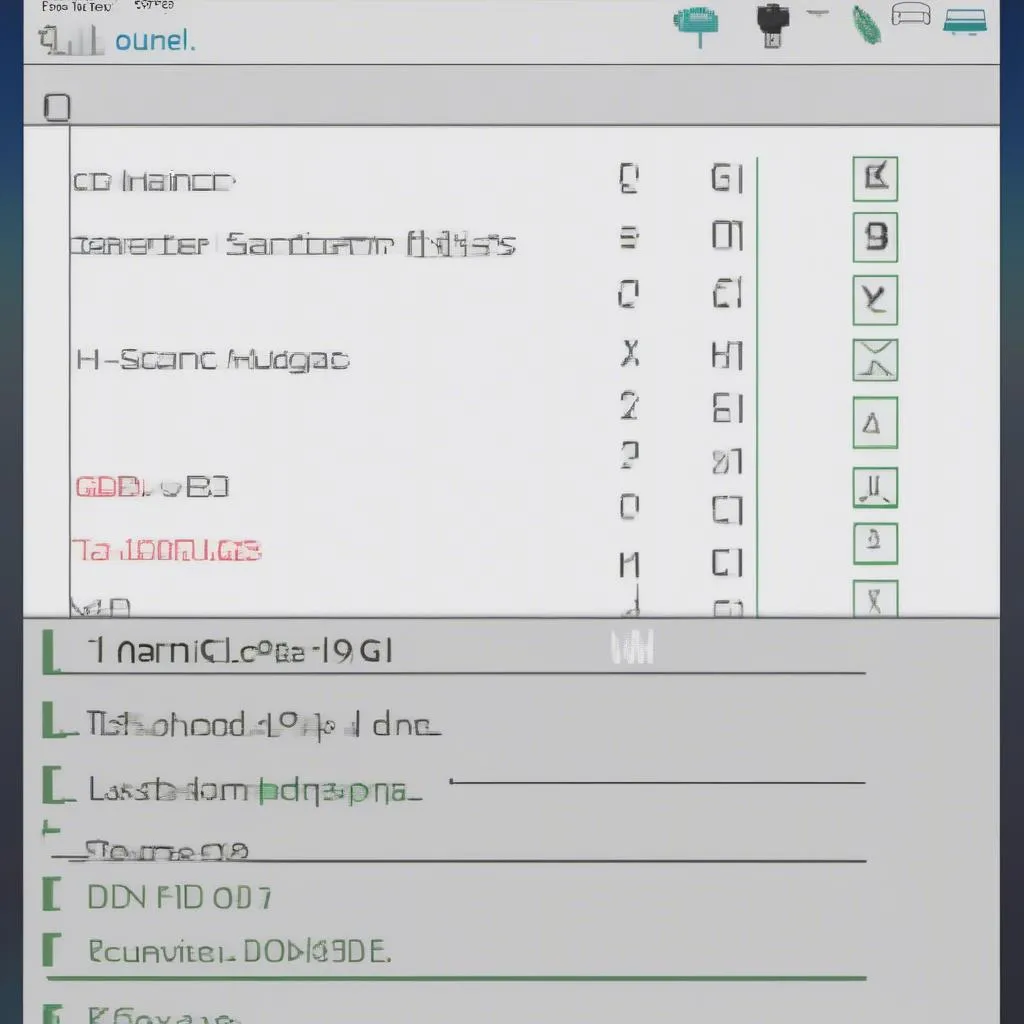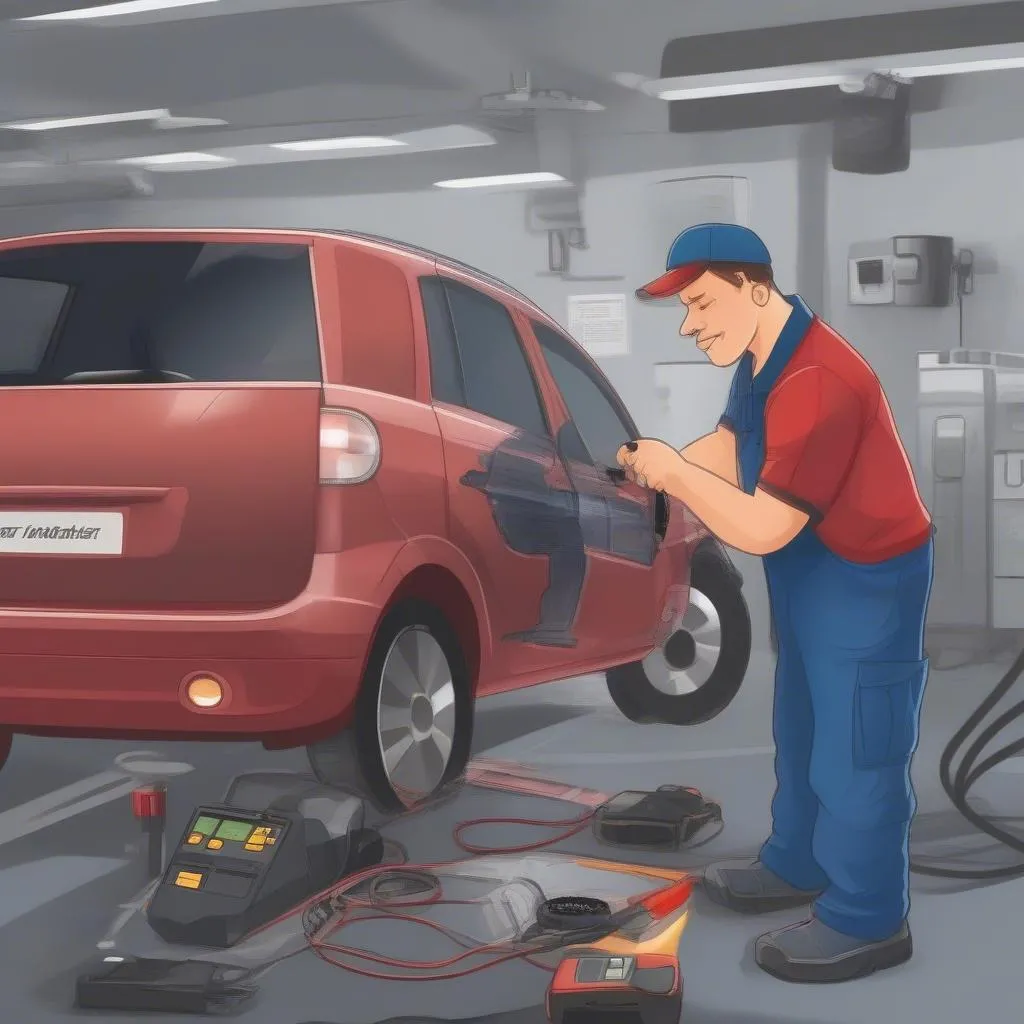Imagine this: you’re driving down the highway, enjoying the open road, when suddenly, your car starts to sputter and lose power. You pull over, check under the hood, but everything seems fine. What’s going on? This is where the OBD (On-Board Diagnostics) system comes in. It’s like a built-in mechanic in your car, silently monitoring its health and alerting you when something’s wrong.
The Importance of Understanding OBD Codes
Understanding OBD codes is crucial for every car owner, regardless of their technical expertise.
-
For Mechanics: OBD codes are like a roadmap, guiding them to pinpoint the exact source of a problem. It allows for faster diagnosis and a more accurate fix, saving time and money for both the mechanic and the car owner.
-
For DIYers: Some car enthusiasts prefer to tackle repairs themselves. Understanding OBD codes empowers them to troubleshoot simple issues and even perform basic maintenance tasks like checking engine performance.
-
For Everyday Drivers: Even if you don’t plan on getting your hands dirty, knowing How To Read Obd codes can help you stay ahead of potential car trouble. A warning light might not always indicate a major problem, but understanding what it’s saying can prevent small issues from escalating into major breakdowns.
How To Read Obd Codes
Reading OBD codes is easier than you might think, even for beginners. Here’s a step-by-step guide:
- Get an OBD Scanner: You can find affordable OBD scanners online or at most auto parts stores.
- Plug the Scanner In: Connect the scanner to your car’s OBD port, usually found under the dashboard or near the steering wheel.
- Select Your Vehicle: Most OBD scanners allow you to select your specific car model.
- Retrieve the Codes: The scanner will display a series of numbers and letters, known as OBD codes.
- Decode the Codes: Use the scanner’s built-in database or an online resource like OBD-Codes.com to find the meaning of each code.
What Do OBD Codes Mean?
OBD codes are divided into two categories:
- Generic Codes: These codes are universal and apply to most vehicles.
- Manufacturer-Specific Codes: These codes are unique to a particular car brand and model.
Let’s take an example:
Generic code P0171: This code indicates a “System too lean (Bank 1).” This means that the engine’s air-fuel mixture is too lean, potentially leading to reduced performance and increased emissions.
Manufacturer-Specific code B1345 (Ford): This code might indicate a problem with the car’s brake system, for instance, a faulty brake switch.
FAQs About Reading OBD Codes
How To Read Obd Codes Without a Reader?
While an OBD scanner is the most reliable way to read codes, there are alternative methods:
- Check Engine Light Flash Codes: Some older cars allow you to read codes by counting the number of flashes from the check engine light.
- Use a Smartphone App: There are several apps available that allow you to read codes using a Bluetooth adapter connected to your car’s OBD port.
How To Read Obd Live Data?
OBD scanners can display live data from your car’s sensors, providing insights into its real-time performance. This can be helpful for diagnosing issues like engine misfires or fuel gauge inaccuracies.
How To Read Obd ABS Codes?
The ABS (Anti-lock Braking System) is a separate electronic system within your car. OBD scanners can also retrieve ABS codes to diagnose problems like wheel speed sensor malfunctions or hydraulic system failures.
Tips for Reading OBD Codes
- Always Clear Codes After Repair: After addressing a problem, make sure to clear the OBD codes using your scanner to reset the system.
- Keep a Record: Record any OBD codes you retrieve, along with the date and any accompanying symptoms.
- Consult a Mechanic: If you encounter unfamiliar codes or are unsure how to proceed, seek professional assistance from a trusted mechanic.
Conclusion
Reading OBD codes can be a powerful tool for understanding your car’s health and maintaining its performance. Don’t let warning lights or unexpected issues intimidate you. By learning to decipher these codes, you can stay one step ahead and ensure that your car stays in tip-top shape.
 OBD scanner
OBD scanner
 OBD Codes
OBD Codes
 Mechanic Reading OBD Codes
Mechanic Reading OBD Codes
Want to learn more about specific OBD codes or need help with troubleshooting? Feel free to leave a comment below or contact us for personalized assistance!
Need help installing diagnostic software or have a question about your car’s electrical system? We’re here to help!
Contact us on WhatsApp: +84767531508. Our team of certified automotive technicians provides 24/7 support.